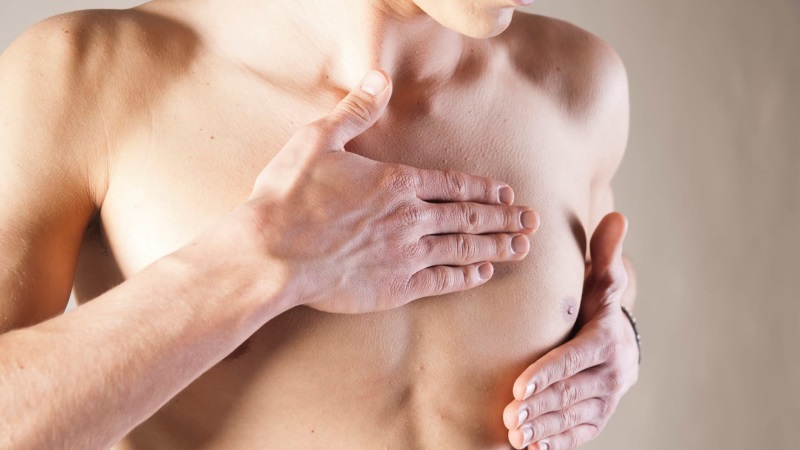Perhaps so far, many people thinks that only women have breast cancer. However, this is not true.
In fact, breast cancer in men is still very rare, accounting for only 1% of all breast cancer cases. In other words, breast cancer in males is about 100 times lower than females. While the number of women with breast cancer has not decreased over time, men’s incidence has remained almost unchanged over the past 30 years.
It is estimated that in 2016 the United States has about 2,600 invasive breast cancers diagnosed in men, while in the UK it is 350 and Australia is 150. About 440 in the United States, 80 in the UK and 27 in Australia died of this disease.
The average age of breast cancer cases in men is around 60-70 years, although it can occur at any age.
In Australia, the 5-year survival rate for breast cancer in men is 85%.
Scientists claim to have identified the type of cell that can develop into cancer. At the same time, a drug that is available is affordably delaying, even preventing cancer from forming in people at high risk.
The structure of the mammary gland in women and men is not different at childhood time, until puberty, in girls, female hormone estrogen secreted by the ovaries to develop sexual characteristics and form, making the follicles, lobes and tissue around the follicles grow gradually.
In contrast, male hormone testosterone secreted by testicles inhibits the development of the mammary gland. Because of this, breast cancer can occur in two sexes, but at different rates. In addition to the nipple, there are other useless things in the body that could be attributed to evolution, says Verywell.
The most important risk factor for breast cancer in women is probably the female sex hormone, estrogen. The consequence is that what causes the body to prolong prolonged contact with the hormone increases the risk of breast cancer, such as early menstruation, use of birth control pills, endocrine therapy. Therefore, men who are at risk for female hormone replacement or menopause are at high risk for developing breast cancer such as Klinefelter syndrome, testicular tunica, mastitis testicle; Breast enlargement, use of female hormones in the case of transgender. In addition, genetic factors (BRCA2 and family), high age, radiation exposure, or obesity are all identified risk factors.
The clinical presentation of breast cancer in men is not much different from that of women, but the symptoms are more discreet. The most common manifestations of breast cancer are breast tumors. Because the mammary gland is very small, the tumor usually locates just below the nipple. Cancer tumors are usually painless.
Other signs of breast cancer include: dropping the nipple in, bleeding or exudates at the tip of the nipple, analgesia, scaling or discoloration of the breast skin. But these symptoms are less common in men. In addition, the overall signs of a malignant disease are: axillary lymphadenopathy, rapid skin rash, night sweats, nonfatal fatigue.
Diagnostic procedures and treatments for breast cancer in men as well as in women, depend on the stage. But for men, breast cancer is usually found at a late stage.












